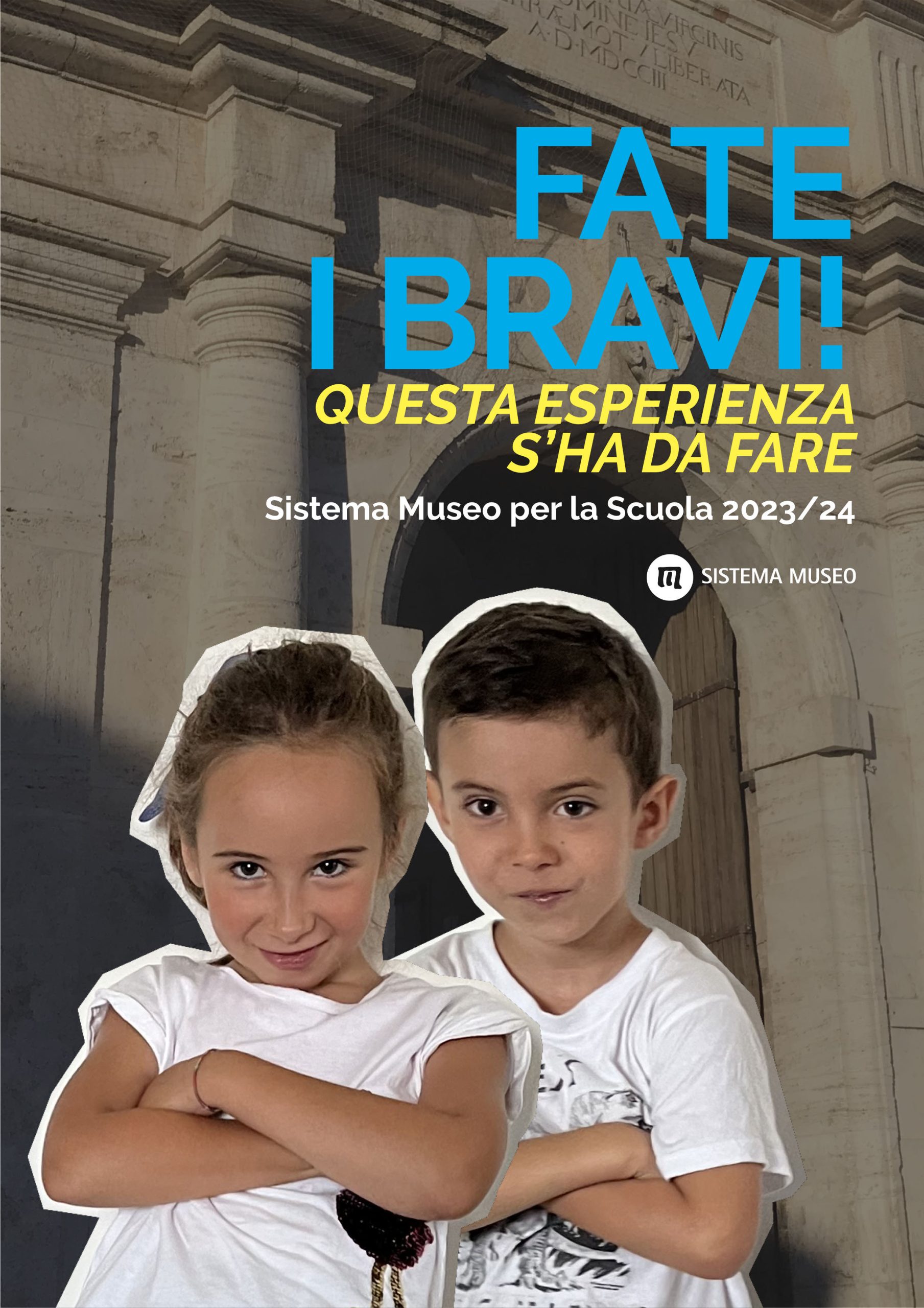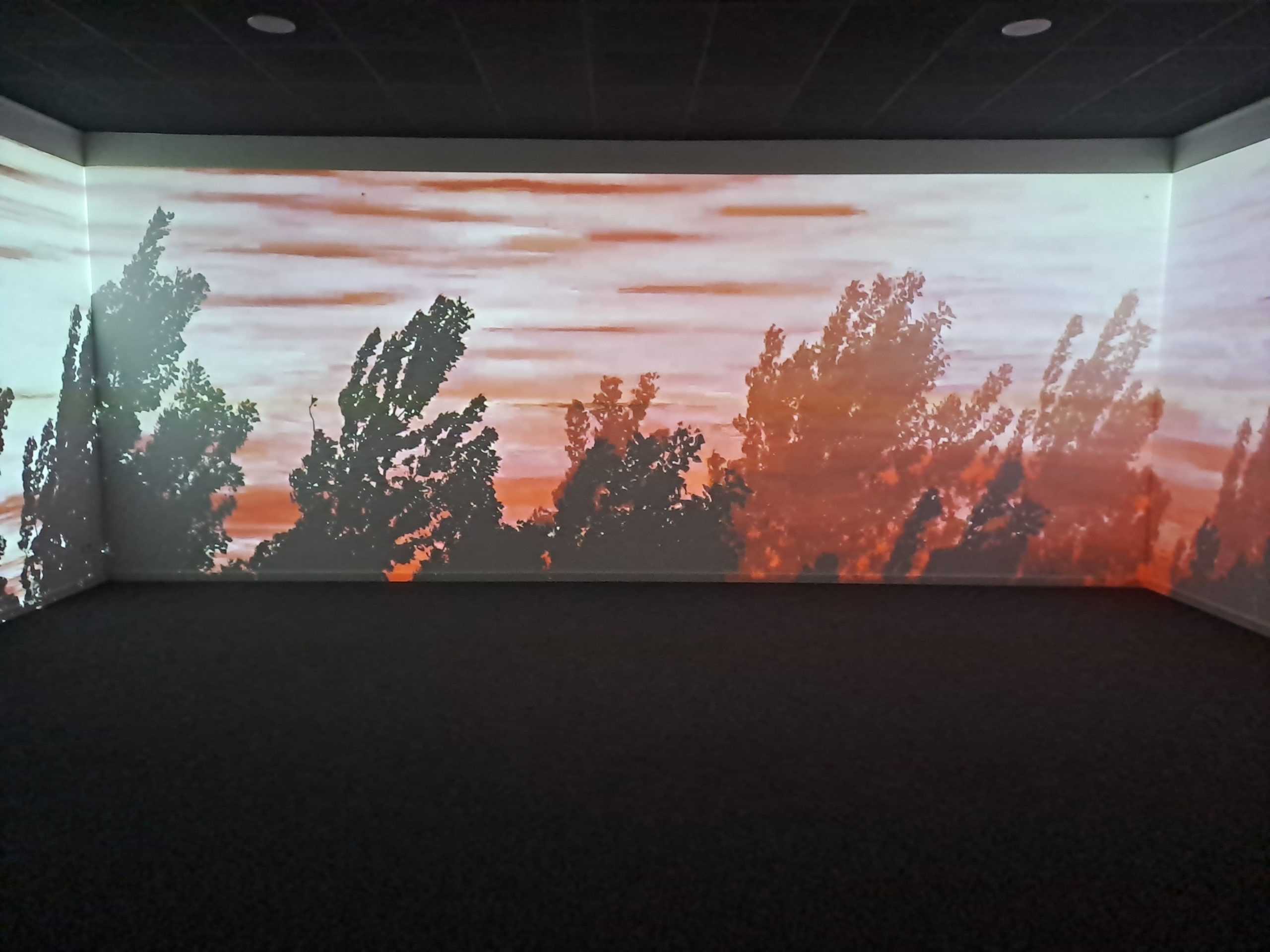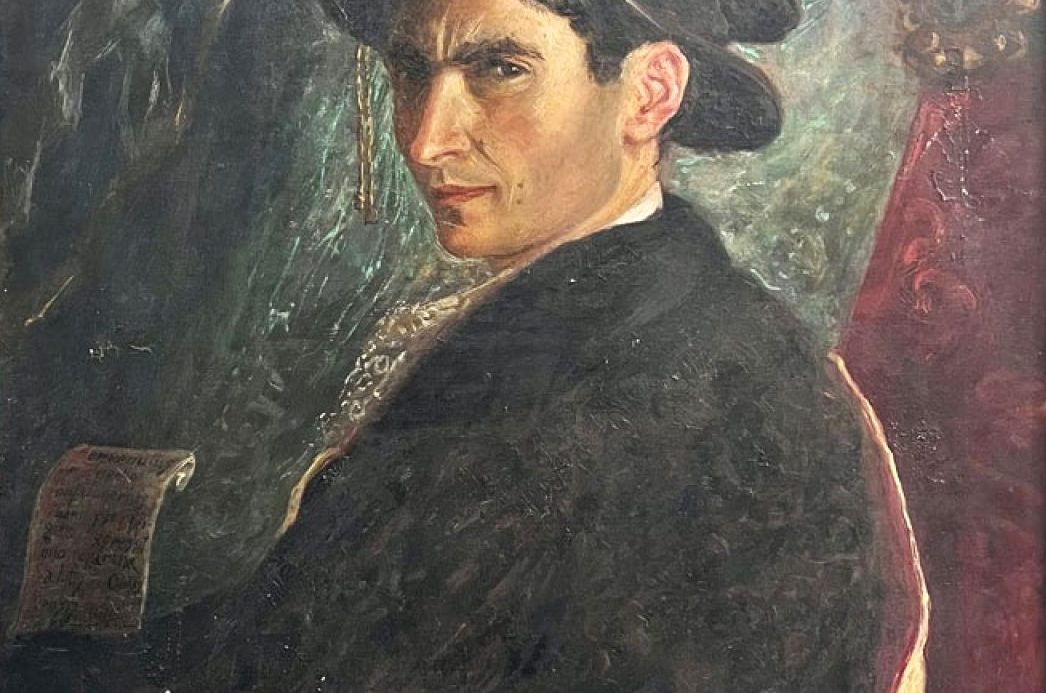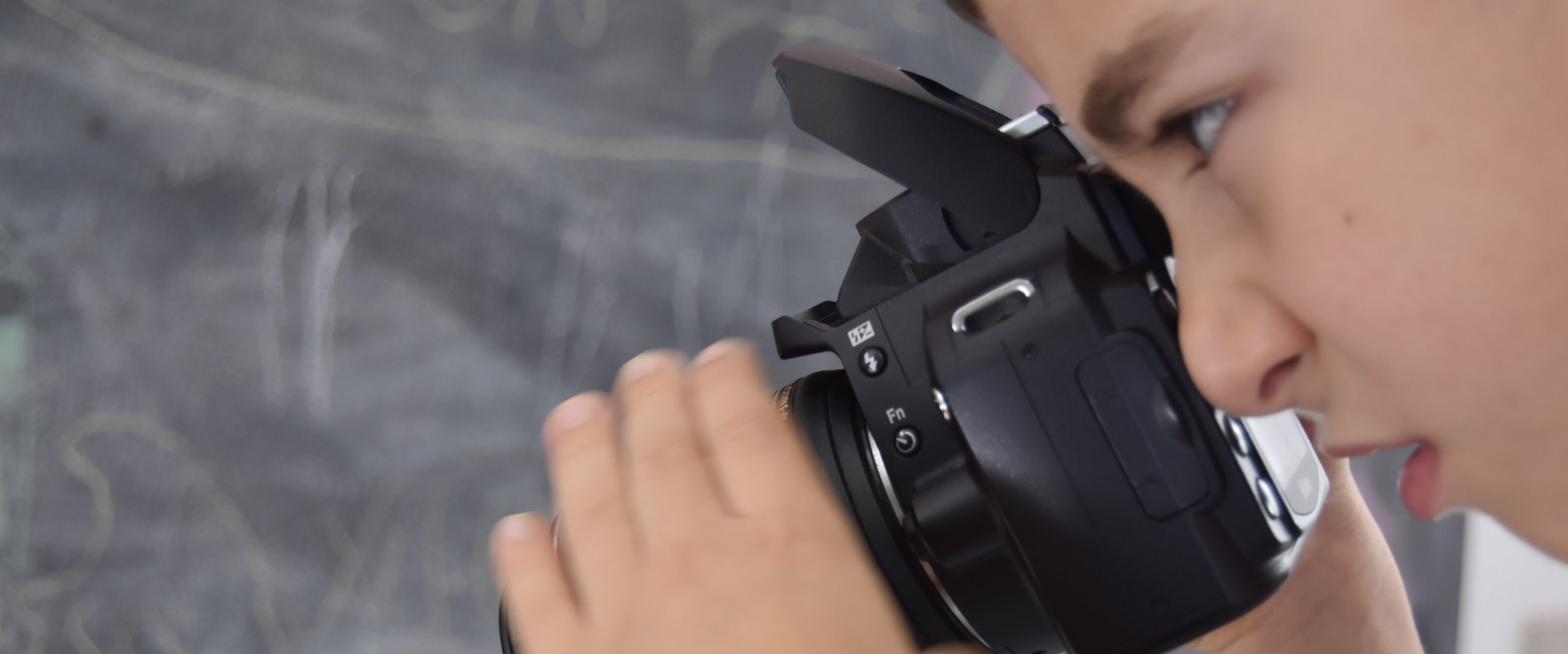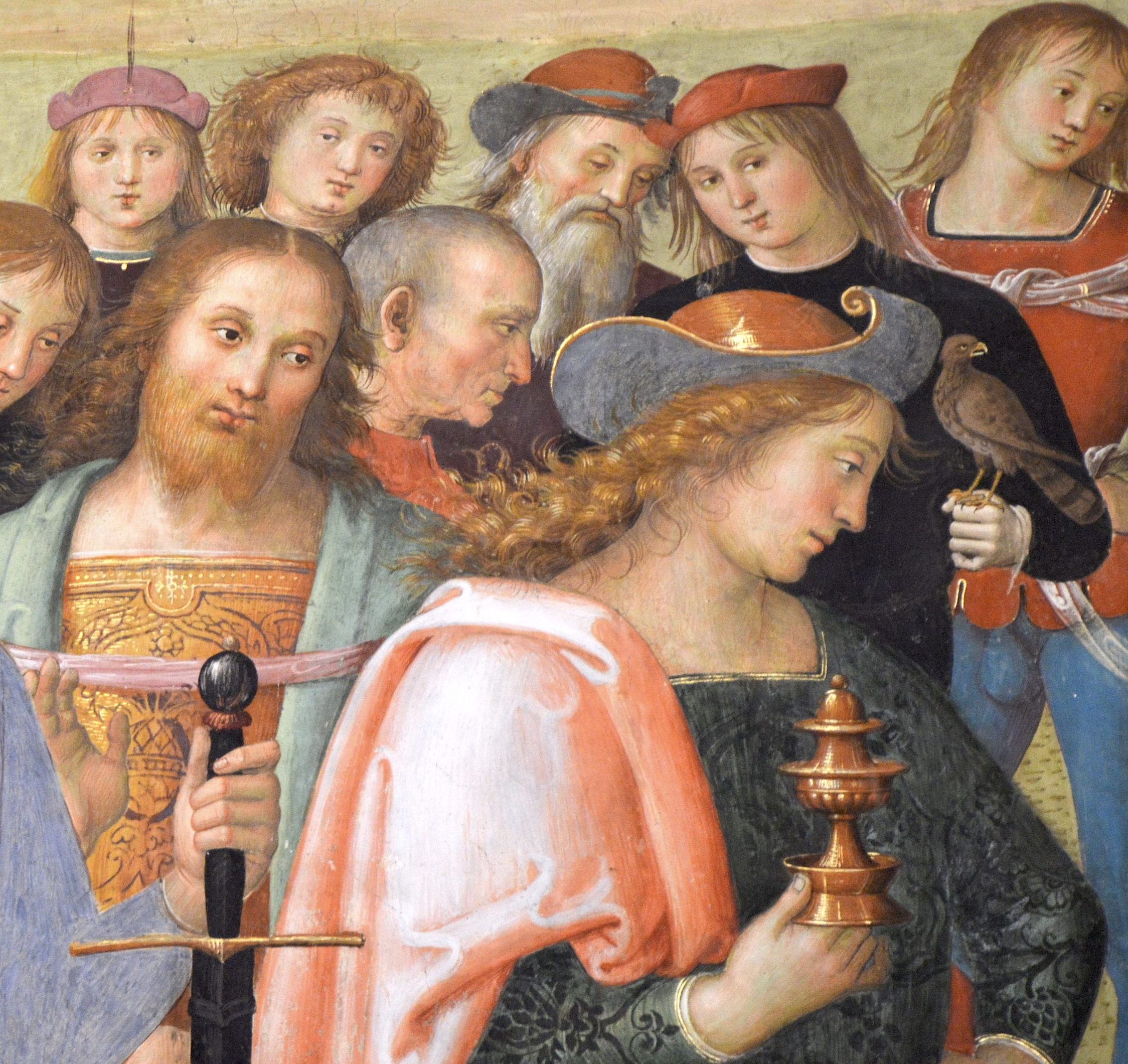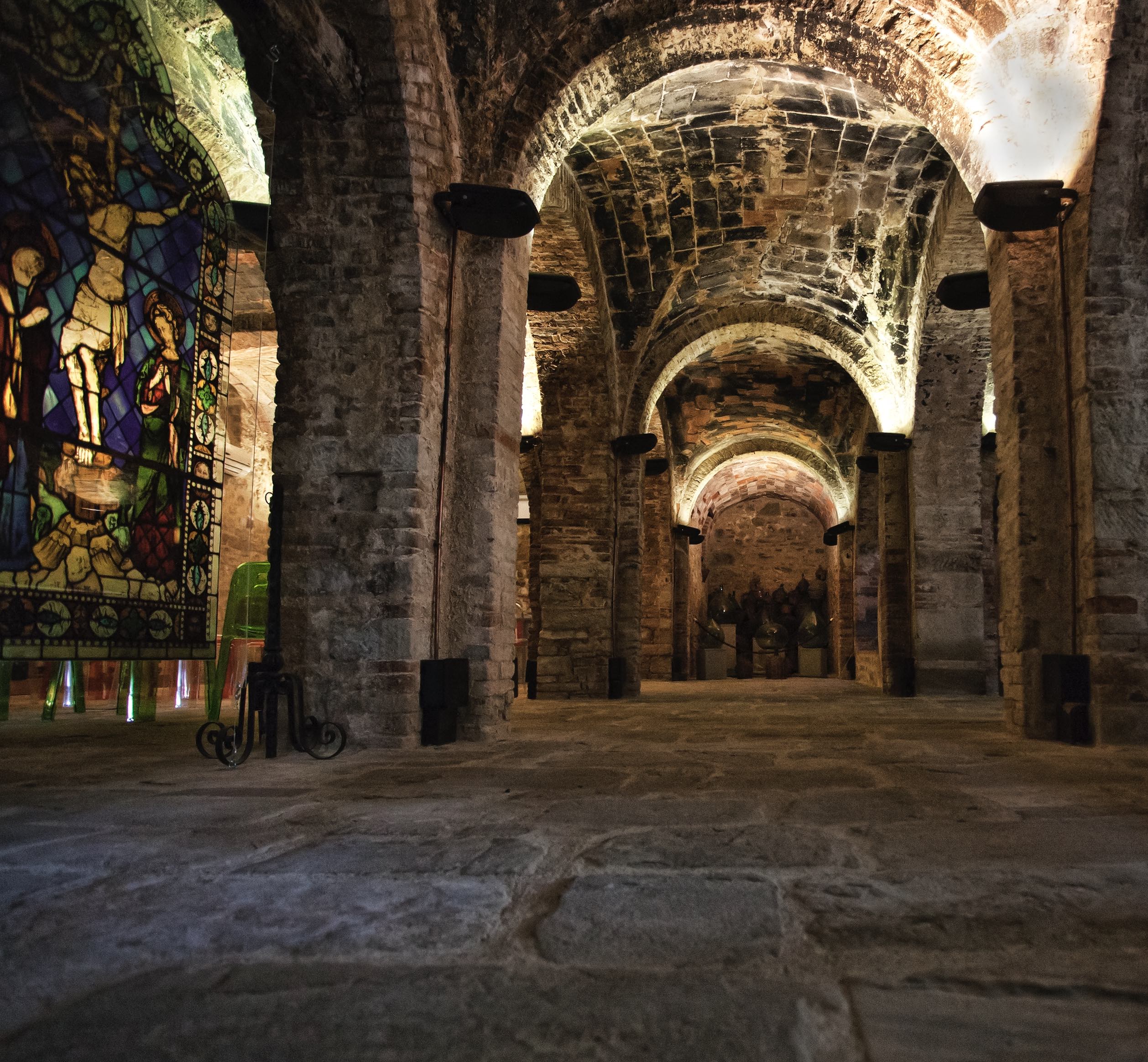NOT TO BE MISSED
CORCIANO
1. Antiquarium Museum and Etruscan Necropolis of Strozzacapponi and Fosso Rigo
The Antiquarium, which is also where the info point is located, is divided into thematic sections that show the main historical periods as well as the social and cultural evolution of the territory, from the Paleonthological to the Roman Age. Of particular interest are the travertine cinerary urns belonging to the etruscan family of the Anei Marcna, found in the Necropolis of Strozzacapponi and Fosso Rigo, with their carved and painted decorations representing mythology scenes and their bronze funerary beds, and also the roman archeological findings from the Palazzo Grande mansion.
2. The Church-Museum of San Francesco
The Church-Museum of San Francesco was built, according to popular tradition, in memory of the passage of the Saint to Corciano at the end of the 13th century with a beautiful facade in pink and white limestone and a carved rose window. Inside are many important artistic testimonies, among them the “Vergine col Bambino e Santi” by Benedetto Bandiera and the works of Giovanni Antonio Scaramuccia. On the main altar is the cross-shaped board with the Crucified Christ, St.John the Evangelist and the Virgin Mary, from the 11th century.
3. The Town Hall of Corciano
Built by the architect Galeazzo Alessi and the Vignola, this sixteenth-century palace of the Marquises Della Corgna is now seat of the Municipality of Corciano. Part of a housing unit that the family built in its territory after the marquisate was established at the request of Pope Julius III in 1550, maternal uncle of the future marquises Ascanio and Fulvio della Corgna. The building is refined and elegant in the purity of its architectural features, and the Hall of Honor, now the council hall, is decorated with paintings from the second half of the 16th century, in a style similar to that of Salvio Savini from Florence.
4. The Altarpiece “Assunzione della Vergine” (1513) by the Perugino and the Gonfalone by Benedetto Bonfigli inside the Church of Santa Maria Assunta
Dedicated to Santa Maria Assunta, the parish church of Corciano was built in the 13th century. The Altarpiece “Pala dell’Assunta” is in the apse, and it was made in 1513 by the Perugino. The painting still preserves all of the characteristic elements of the artist, the compositional balance, the beauty of the shapes and the chromatic and luminist preciosity. Down below, in the platform, are two small paintings representing the Annunciation and the Nativity. Close to the entrance is the Gonfalone, the processional standard made by Benedetto Bonfigli in 1472, with the topographical representation of the ancient Corciano at the base of the Virgin while she opens her cape to protect her devoted.
5. The Pievania Museum “Giuseppe Laudati”
The Church of San Cristoforo was built in 1537 on preexisting travertine ashlars. Inside is the Pievania Museum “Giuseppe Laudati”, a painter from Corciano from the 17th century, and his works, together with the most representative devoting testimonies of the christian community of Corciano. Among them the paintings made by the Bottega of Fiorenzo di Lorenzo, Romano Alberti da Sansepolcro and various goldsmithing works, such as a reliquary made by the Officina of the Roscetto family.
6. Farmhouse Museum “Don Franco Pulcinelli”
The Farmhouse Museum, dedicated to the parish priest Don Franco Pulcinelli from Corciano, was set inside a typical Corciano home with four rooms (kitchen, bedroom, granary and stable). A collection of rare and authentic everyday farming tools, up to the 60s, can be found inside, a tangible proof of the slowly disappearing rural world.
7. Municipal Tower
The Municipal Tower is located right beside the monumental complex of Sant’Antonio Abate, where the etruscan-roman settlement originally was. It was probably conceived as a prestigious building, maybe even the same one that was mentioned in the legend of the foundation of Corciano, the “Palazzo di Coragino”, where some time later the oldest church in Corciano was constructed. After many accurate restoration works, the tower now has a lower hall with the remains of some exquisite late 14th century frescoes and the upper hall with fragments of decorations from the 19th century.
8. The Medieval Tower of Porta Santa Maria
The medieval tower of Porta Santa Maria houses a permanent exhibition center on medieval and renaissance culture, where the Statute of the Castle, written in the 16th century, is kept, together with three exquisite wooden sculptures from the 15th/16th century: San Sebastiano, Madonna Annunciata (or Madonna della Cintura) and San Michele Arcangelo.
9. Church of Sant'Agostino
Up on the hills facing Corciano is the Church and Convent of Sant’Agostino, evidence of the Augustinian presence in the territory and of the important role of their Order for the religious, social and political life of Corciano. Many masterworks were created for the church, among them the Gonfalone of Bonfigli, now kept inside the parish church of Santa Maria Assunta, and the wooden choir made in 1746, which is still there.
10. Path of the Almond Trees
The Path of the Almond Trees is a “secret” path in the heart of the medieval village. A romantic walk along the outer walls of the castle with an outsandig view: facing the Pieve del Vescovo, Monte Tezio, Monte Malbe and the Apennine to the north and the Trasimeno Valley to the west.
